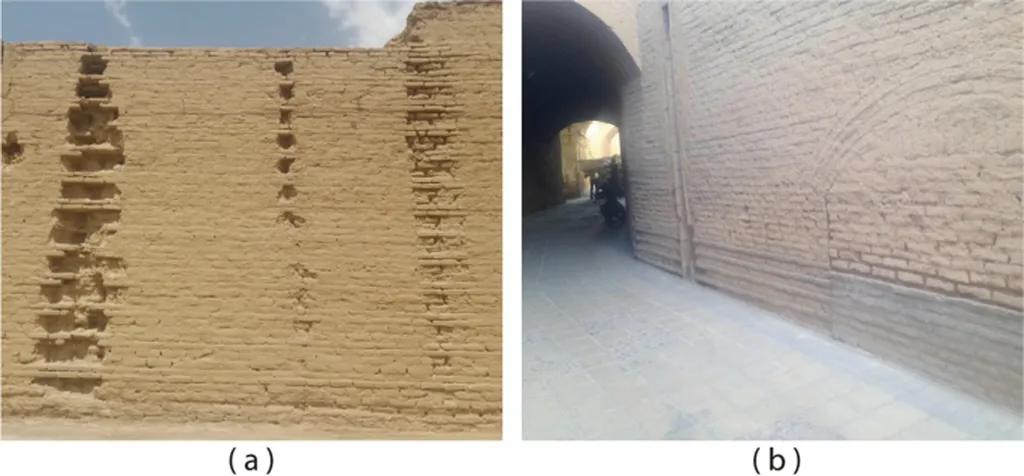In the heart of Iran, a critical examination of the seismic vulnerabilities of brick structures is underway, with significant implications for the construction industry and energy sector. Mohammadreza Ehsandoost, a researcher from the Young Researchers and Elite Club at Kazerun Branch, Islamic Azad University, has delved into the challenges posed by un-reinforced masonry buildings, particularly in small and medium-sized cities. His work, published in the journal ‘مهندسی و مدیریت ساخت’ (translated as ‘Engineering and Construction Management’), sheds light on the urgent need for strengthening strategies to protect communities and infrastructure.
Ehsandoost’s research highlights that a substantial portion of Iran’s existing buildings rely on traditional materials like bricks, stones, and cement blocks to bear vertical loads. These structures, while historically significant, often exhibit major weaknesses during earthquakes. “The reason for the failure of the buildings and rupture largely due to inadequate form and inadequate performance structure to stress and bend arising from the earthquake,” Ehsandoost explains. This vulnerability places residents in seismic zones at serious risk, underscoring the need for effective proofing strategies.
The commercial impacts of this research are profound, particularly for the energy sector. Many energy facilities, such as power plants and distribution networks, are housed in or supported by brick structures. Ensuring the seismic resilience of these buildings is crucial for maintaining operational continuity and safeguarding investments. Ehsandoost’s study provides a methodology for assessing seismic vulnerability and outlines executive procedures to address these weaknesses, offering a roadmap for enhancing structural integrity.
The findings also have broader implications for urban planning and construction practices. By understanding the specific vulnerabilities of brick structures, engineers and architects can design more resilient buildings that withstand seismic activity. This proactive approach not only protects lives but also reduces the economic burden of post-earthquake reconstruction.
Ehsandoost’s work is a call to action for the construction industry to prioritize seismic proofing and strengthening strategies. As the energy sector continues to expand, the need for robust and resilient infrastructure becomes ever more critical. By leveraging the insights from this research, stakeholders can make informed decisions that enhance safety and sustainability.
In the words of Ehsandoost, “Understanding the weaknesses is a prelude to choosing a suitable method for strengthening them.” This research not only highlights the vulnerabilities but also paves the way for innovative solutions that can shape the future of construction and energy infrastructure. As the industry moves forward, the lessons learned from this study will be invaluable in creating a safer and more resilient built environment.

